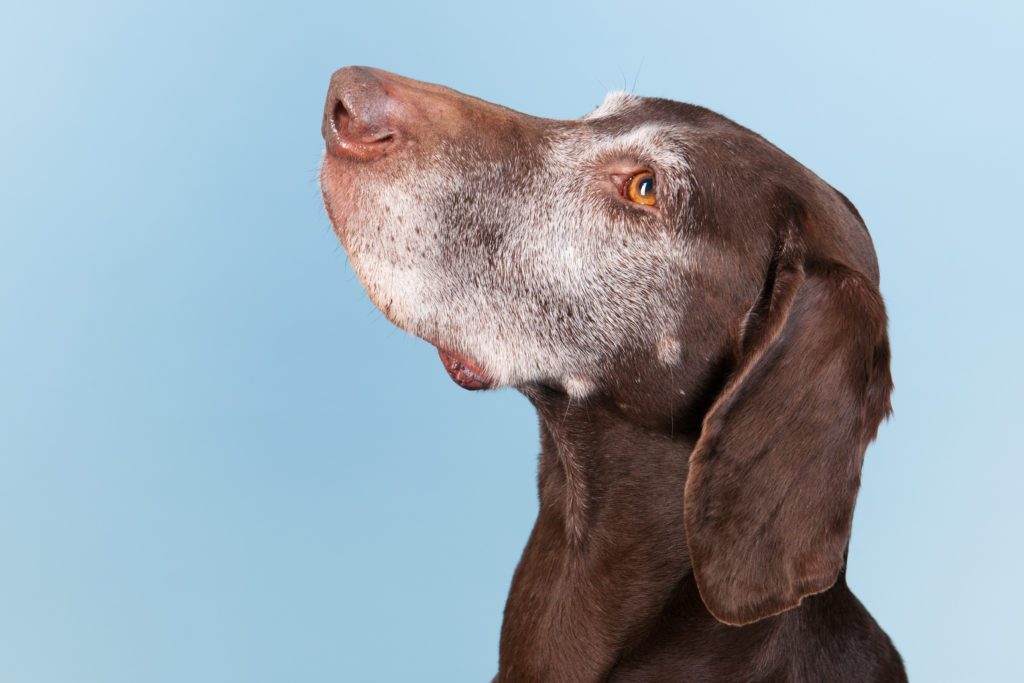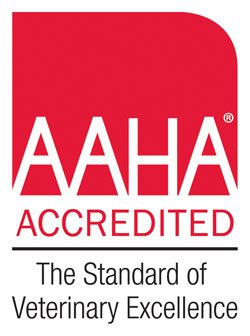Hello. Due to current weather conditions, True Care will be closed Tuesday, December 30th and plan to re-open Wednesday, December 31st. Be safe!
Our aging companions now, more than ever, need more attention to their health and well being. While age is not a disease, with aging can come disease and many pets who suffer from chronic conditions can experience a rapid progression of health problems. Adequate hydration and nutritional intake are essential along with mental stimulation and controlled but regular exercise.


Ensuring balanced nutrition, adequate water intake (hydration) and regular, positive interaction will go a long way to ensuring a great quality of life.
Nutrition and hydration should be maximized. There is plenty of research to suggest that feeding for life stages can produce better physical and mental health in aging pets. Diets targeting older animals often are bolstered with antioxidants and essential fatty acid. They are often easier to digest and may include pre and probiotics. It may be best to stick to more limited ingredient diets designed to feed senior pets. Water should be changed daily and both food and water should be offered in stainless steel bowls which are easiest to sanitize. The bowls may need to be elevated to assist older animals with neck pain or muscle weakness.
Regular controlled exercise is good to promote blood flow, maintain muscle tone and assist with balance. Even pets with osteoarthritis will benefit from regular controlled exercise. Walks can be shorter but more frequent – let your dog tell you how far they can go. Older cats can be encouraged to move about more by placing favorite treats throughout their environment – encouraging activity (hunting activity is an ancient instinct for cats).
Mental stimulation is very important and many older pets enjoy the social interaction with play and attention. Being with them on their bathroom breaks, even in the backyard, can be reassuring to them as they lose confidence with their senses and function.
Finally, regular visits to your veterinarian can ensure that we are not missing quality-of-life markers. Checking body weight is important and loss in weight can reflect muscle loss and even dehydration. For chronic medical conditions, it is appropriate to check some lab data to ensure that we are not harming organs with medications and also to determine whether the medications are effective. In some instances, based on liver and kidney function, it may be more appropriate to adjust the dosage of medications to prevent damage.
Providing end-of-life care (humane euthanasia) is one of the most difficult things for pet owners and veterinary teams to experience. We are here to assist with arriving at this decision and to counsel whenever we feel it may not be appropriate. True Care has provided a guide to end-of-life care which we will expect you to read and understand. The veterinarians wish to be certain that the time has actually come and end-of-life care is appropriate
Please never be afraid or nervous to ask us any questions about the end-of-life process. It’s something we all have to go through.
End-of-life (EOL) care is an especially difficult time for you the pet owner and the staff and doctors at TCVH. Unless emergency circumstances dictate, all EOL appointments are scheduled through a doctor. For an EOL visit to proceed the following must apply and we will confirm with you at the time of scheduling whether you are familiar with the requirements and are prepared:
For witness euthanasia, we will explain the entire process and what you can expect. This process has often been referred to as “putting an animal to sleep” which is technically correct. An intravenous catheter is placed so that we can get a smooth administration without the use of needles. We administer an overdose of an anesthetic like medication. Your pet will enter a profound sleep state (complete loss of consciousness). This is quickly followed by loss of heartbeat and finally breathing stops. We will listen to ensure that all vitals signs have ended.
Most pet owners witness euthanasia while a few do not feel it is right for them. There is no right or wrong regarding this. Whichever you decide is the right choice.
There are several important things that you can do to ensure this most difficult visit goes as smoothly as it possibly can. If your pet is a dog, please make sure they have had a chance to relieve themselves as they may be very uncomfortable if not. Bring a blanket or large towel with you so that they may lay on something familiar (you may elect to have them go with this item or take it home with you). If you are bringing children with you, please prepare them for the visit and ensure that they are not too noisy as this can stress the pet.
Please decide about after-care prior to the visit if possible (see below). Save a swatch of fur if desired. There are kits at hobby and craft stores with which you can make clay paw impressions (we recommend Crayola soft modeling clay – we have a limited ability to make these if requested).
Witnessing end-of-life is not for everyone and if you elect not to witness it does not mean you do not love your pet any less – it is important to do what you feel is right for you. Occasionally, we have clients who do not witness but remain at the clinic until we confirm that their pet has passed – we will act as their family during the process with the same level of care that we ourselves go through when we euthanize our own pets.
There are several ways to handle your pets’ remains.
The remains can be cremated and either returned to you or scattered. You can arrange to have a private burial (including burial of ashes) with a local pet cemetery. In New York, it is now legal for you to have your pet’s ashes join you! Communal burial involves placing their remains in the ground with other pets with no marker. Burials are performed on private property for privacy.
Some owners prefer to take their pet’s remains home with them. Most towns frown on burials so we recommend you contact them first. Home burial must be done properly so as to prevent wild animals from potentially disturbing resting sites.
Some stories have occasionally made the rounds about what happens after you leave your pet’s remains at the vet clinic or emergency clinic. We can assure you that we/they do not perform procedures on your pets remains, however, you can sign a permission release giving a veterinarian permission to use the remains to perform and perfect a procedure which could be used to help a living animal. Also, you can elect to have a necropsy (equivalent of an autopsy) performed in an attempt to determine a possible reason for needing end-of-life care. This can even involve submitting tissue and fluid samples for outside study. Full results and reports would then be shared with you. Remains are handled with the utmost respect.
If you feel that EOL is not appropriate at TCVH based on the above information you have some options:

Sign up for our newsletter to receive articles on pet health care and our upcoming events. You can unsubscribe at any time.
True Care Veterinary Hospital
True Care Veterinary © 2023 – Privacy – 7VibesMedia